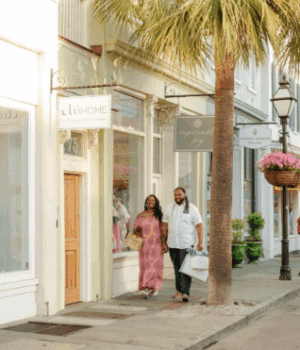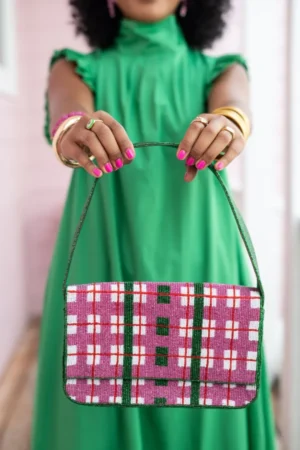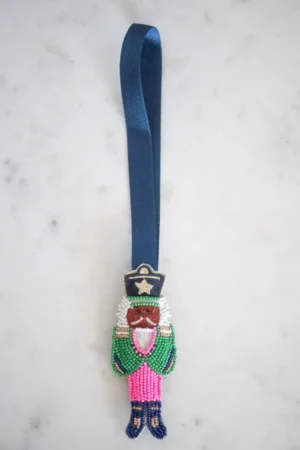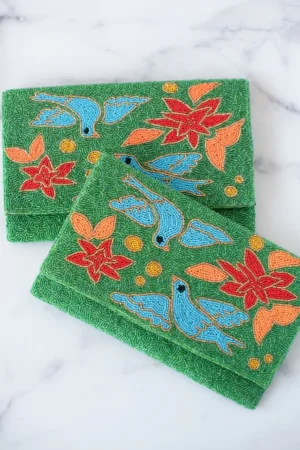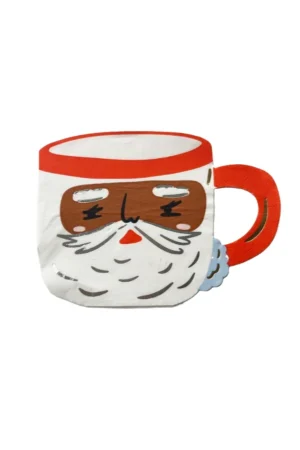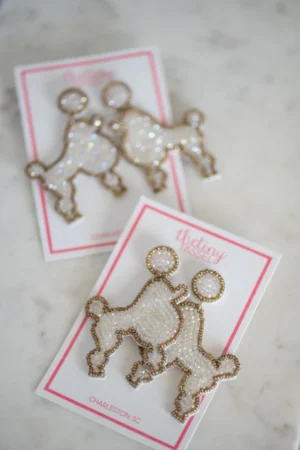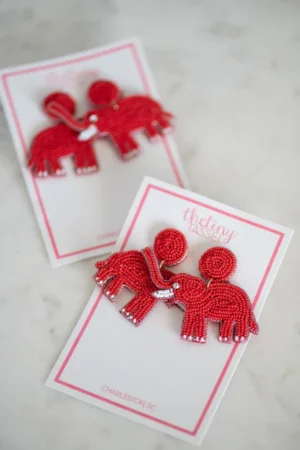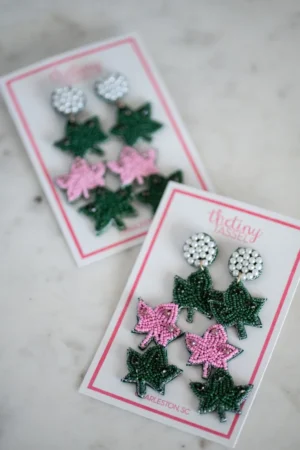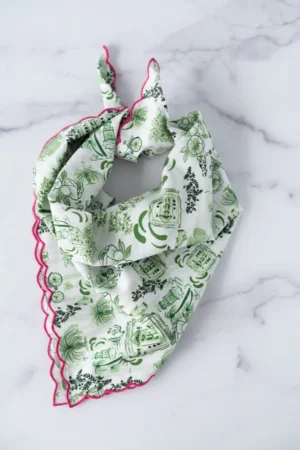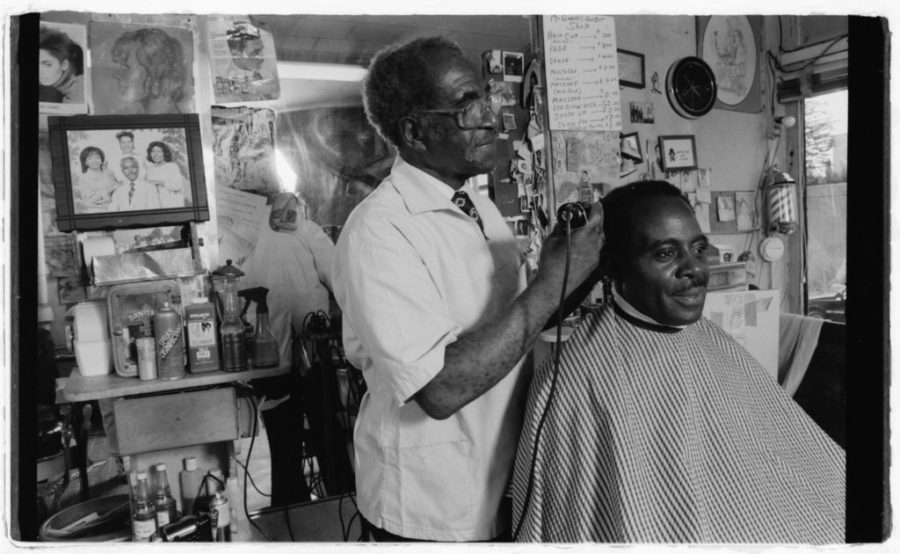

There are so many fond memories of visiting who owned hair salons and barbershops. From the smell of hair products to the jokes of the men in my family, there is something special about experiencing these community and heritage institutions. Looking to explore the history of black hair salons and barbershops? Check out these books below to add to your library collection.
Be sure to share images of your favorite childhood salon or barbershop experiences with us on social media using the hashtag #blacksouthernbelle
Black Heritage Books: The History of Black Salons and Barbershops
Looking through the lens of black business history, Beauty Shop Politics shows how black beauticians in the Jim Crow era parlayed their economic independence and access to a public community space into platforms for activism. Tiffany M. Gill argues that the beauty industry played a crucial role in the creation of the modern black female identity and that the seemingly frivolous space of a beauty salon actually has stimulated social, political, and economic change.
From the founding of the National Negro Business League in 1900 and onward, African Americans have embraced the entrepreneurial spirit by starting their own businesses, but black women’s forays into the business world were overshadowed by those of black men. With a broad scope that encompasses the role of gossip in salons, ethnic beauty products, and the social meanings of African American hair textures, Gill shows how African American beauty entrepreneurs built and sustained a vibrant culture of activism in beauty salons and schools. Enhanced by lucid portrayals of black beauticians and drawing on archival research and oral histories, Beauty Shop Politics conveys the everyday operations and rich culture of black beauty salons as well as their role in building community.
Cutting Along the Color Line: Black Barbers and Barber Shops in America
Today, black-owned barber shops play a central role in African American public life. The intimacy of commercial grooming encourages both confidentiality and camaraderie, which make the barber shop an important gathering place for African American men to talk freely. But for many years preceding and even after the Civil War, black barbers endured a measure of social stigma for perpetuating inequality: though the profession offered economic mobility to black entrepreneurs, black barbers were obliged by custom to serve an exclusively white clientele. Quincy T. Mills traces the lineage from these nineteenth-century barbers to the bustling enterprises of today, demonstrating that the livelihood offered by the service economy was crucial to the development of a black commercial sphere and the barber shop as a democratic social space.
Cutting Along the Color Line chronicles the cultural history of black barber shops as businesses and civic institutions. Through several generations of barbers, Mills examines the transition from slavery to freedom in the nineteenth century, the early twentieth-century expansion of black consumerism, and the challenges of professionalization, licensing laws, and competition from white barbers. He finds that the profession played a significant though complicated role in twentieth-century racial politics: while the services of shaving and grooming were instrumental in the creation of socially acceptable black masculinity, barbering permitted the financial independence to maintain public spaces that fostered civil rights politics. This sweeping, engaging history of an iconic cultural establishment shows that black entrepreneurship was intimately linked to the struggle for equality.
Cuttin’ Up: Wit and Wisdom From Black Barber Shops
In Crowns and The Spirit of Harlem, journalist Craig Marberry took oral history to a new level. Here, in Cuttin’ Up, he presents more pitch-perfect portraits so good you’ll feel like you’re eavesdropping. Cuttin’ Up celebrates the laid-back fellowship of men in a barber shop, the place, as Marberry writes, “where we go to be among ourselves, to be ourselves, to unmask.”
Crisscrossing the country from Detroit to Orlando, Brooklyn to Houston, Marberry listened in on conversations that covered everything from reminiscences about the first haircut—a sometimes comic rite of passage—to spirited exchanges about women, to serious lessons in black history and current events. His collection of the wit and wisdom of patrons and barbers—including the small but scrappy subset of women barbers and the father of a very famous celebrity—brings together an irresistible and often touching chorus of voices.
Marberry has created a book that sings with the handsome beauty of the oral tradition that is the cornerstone of the black barber shop experience.
A portion of the proceeds from this book support the Maya Angelou Research Center on Minority Health at Wake Forest University.
Hair Story: Untangling the Roots of Black Hair in America
Two world wars, the Civil Rights movement, and a Jheri curl later, Blacks in America continue to have a complex and convoluted relationship with their hair. From the antebellum practice of shaving the head in an attempt to pass as a “free” person to the 1998 uproar over a White third-grade teacher’s reading of the book Nappy Hair, the issues surrounding African American hair continue to linger as we enter the twenty-first century.
Hair Story is a historical and anecdotal exploration of Black Americans’ tangled hair roots. A chronological look at the culture and politics behind the ever-changing state of Black hair from fifteenth-century Africa to the present-day United States, it ties the personal to the political and the popular.
